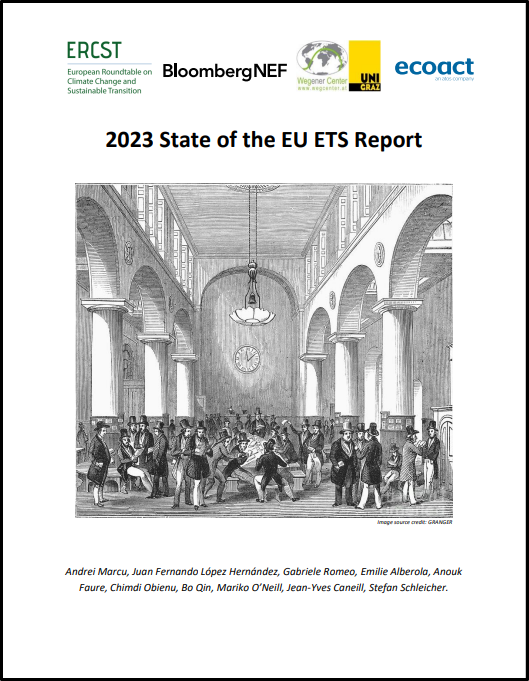
The annual “State of the EU ETS” Report aims to provide an independent contribution to the policy debate, which is needed to ensure that the EU ETS is “fit for purpose”. The Report is intended as a “snapshot”, providing policymakers and stakeholders with an overview of how the EU ETS is doing by April of each year, based on previous year data.
The 2023 State of the EU ETS Report is a joint effort between ERCST, BloombergNEF, the Wegener Centre for climate and global change at the University of Graz and EcoAct.
Takeaways: